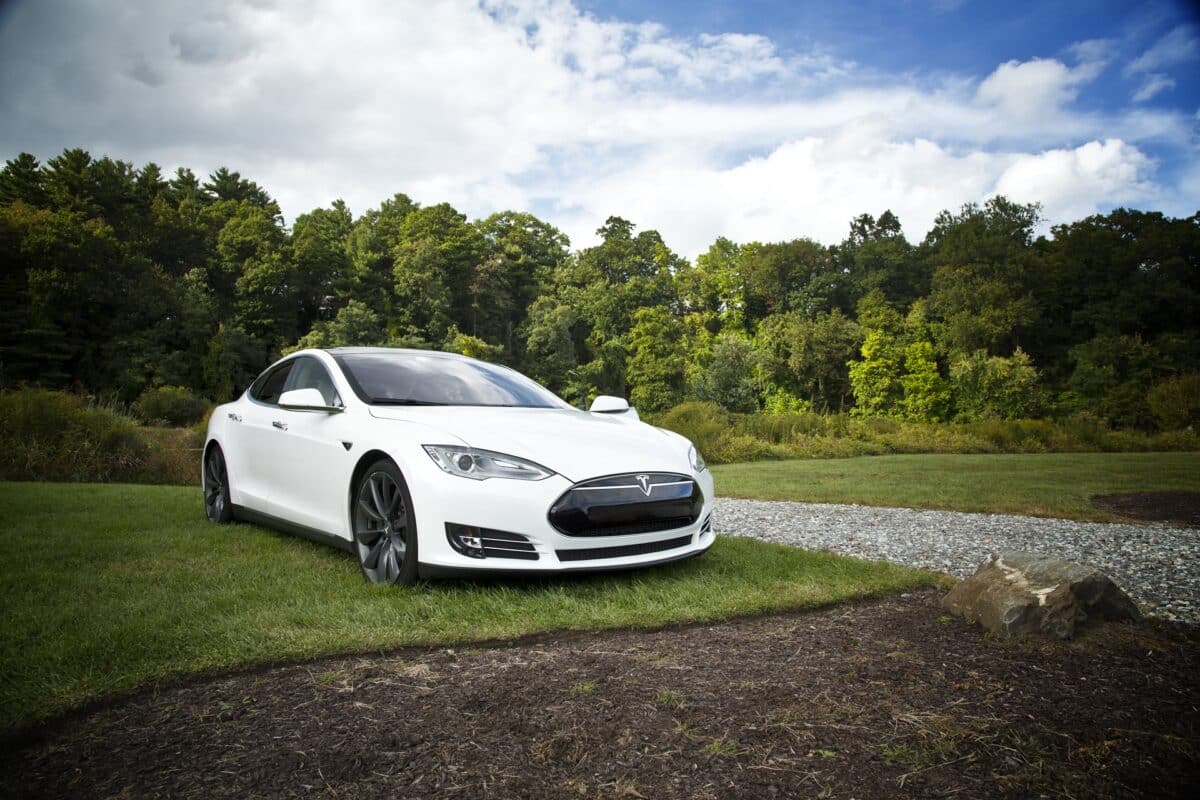This article is sponsored by Intelligent Vehicle Finance.
With the recent unveiling of the Tesla Cybertruck as well as reports in October that Tesla posted a surprise $143m profit – there’s no indication that Tesla are going to stop on their upward trajectory anytime soon. With the increasingly tense battle with Porsche in the battle of the electric supercars and the success of the Model 3 (Tesla’s affordable electric vehicle) Tesla are still at the forefront of attention and media coverage across the world. This has also been reflected with our clients for example, with a notable increase/interest in a Tesla lease.
The subject of electric vehicles is continuing in popularity – especially with widespread interest and concern with environmental responsibility and climate change. Although a relatively small and niche market globally – electric cars are increasing in terms of market share and popularity. So how will Tesla develop into the future and what is the future trajectory of the organization?
Tesla Cybertruck: Farce or the Future?
Recently Elon Musk recently unveiled the Tesla Cybertruck which was met with a buzz and controversy (who can forget the gaff in which Musk looks on in horror as lead designer Franz von Holzhausen smashed both ‘armor glass’ windows with a metal ball?!) Although the interesting design aspects, mitigation of damage and corrosion as well as the inclusion of self-driving features – there was one aspect that jumped out to me upon looking at Tesla’s official Cybertruck page. This was the charge distance, claiming that the Cybertruck will travel an estimated 500+ miles with one charge with the Tri Motor AWD. This reveals something that analysts have predicted regarding the future of Tesla.
Batteries: The Biggest Challenge to a Growing EV Market?
There’s no doubt that range anxiety is one of the factors that prevented the rapid growth of the electric car market in earlier stages of development. This combined with a lack of clear charging infrastructures in many countries leads to consumers being concerned about making the transition to a fully electric vehicle (even though they are much cheaper to run than petrol or diesel.) The charge distance for initial vehicles in the market were not enough for longer journeys with batteries/vehicles at the largest ranges being capable of 348 miles per charge to 188 miles. Models such as the Model 3 & X hit 375 miles and 348 miles respectively with other vehicles such as the Jaguar I-Pace and Kia e-Niro clocking in at a respectable 292 miles & 282 miles.
It is clear that consideration and development has been placed in the batteries of the Tesla arsenal. The Model 3 & Model X offer the furthest currently in terms of range per charge which arguably makes them more attractive to those making the switch to electric. The bigger issue for Tesla in terms of these vehicles is that they are premium vehicles – which are not accessible or affordable to the average buyer. It’s highly suspected by analysts and market trend analysts that Tesla will look to put more resources into developing batteries into the future to meet the range requirements that may tip the scales in making electric vehicles more attractive than petrol or diesel variants / counterparts.
Tesla’s End Game
With Elon Musk’s aspirations for Space Exploration, as well as other endeavors – it can often seem hard to tell what the future will hold for Tesla. Efficiency in production of electric vehicles as well as the development of battery technology will likely be the focus going into the future. It will be interesting to see where the future will take the company and if this will be a future with Elon Musk at the forefront of the operation.





